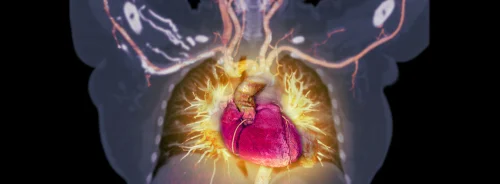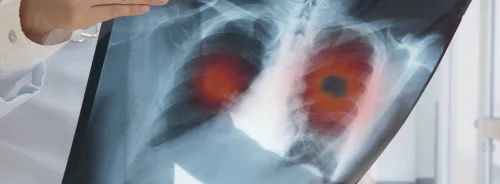In diagnostic imaging, the use of intravenous iodinated contrast media (ICM) has become commonplace, providing invaluable clinical insights. However, concerns regarding the potential for post-contrast acute kidney injury (PC-AKI) have historically led to hesitations, particularly in patients with underlying kidney disease. In this landscape, clinical guidelines play a crucial role in guiding practitioners, yet the variability and contradictions among these guidelines present challenges in clinical decision-making. A review published into Insights into Imaging aims to appraise the existing guidelines on intravenous ICM use in patients with kidney disease, highlighting both areas of consensus and contention, while exploring avenues for future research and consensus-building efforts.
Assessing the Quality and Consistency of Guidelines
A systematic search identified ten guidelines published between January 2018 and June 2023, revealing a heterogeneous quality across the board. Utilising the Scientific, Transparent, and Applicable Rankings (STAR) tool, the guidelines scored highest in the "Recommendations" domain but exhibited deficiencies in "Registry" and "Protocol" domains, indicating room for improvement in terms of transparency and collaboration in guideline development. While the guidelines provided valuable recommendations on aspects such as eGFR thresholds and hydration protocols, inconsistencies were evident in areas such as timing of renal function testing and dosing recommendations.
Consensus and Controversies
Consensus exists regarding the eGFR threshold for discussing the risk-benefit balance of ICM administration (<30 mL/min/1.73 m2), reflecting a cautious approach in patients with impaired renal function. However, discrepancies arise in various aspects of protocol. These include the timing of renal function testing relative to ICM administration, dosing recommendations, and hydration protocols post-scan. The lack of uniformity in these areas underscores the need for further research and consensus-building efforts.
Navigating Controversies & Addressing Discrepancies
Several contentious recommendations warrant attention. Firstly, the selection of risk assessment tools presents a challenge, with some guidelines advocating for the use of the Choyke questionnaire while others prioritise routine serum creatinine measurement. Secondly, the timing of repeated scans remains a topic of debate, with guidelines offering conflicting recommendations on the acceptable interval between scans. Additionally, the optimal dosing of ICM is yet to be standardised, with variations in recommendations across guidelines. Furthermore, the variability in hydration protocols necessitates further investigation to establish evidence-based practices tailored to individual patient needs. These discrepancies highlight the complexity of clinical decision-making in this domain and underscore the importance of ongoing research and collaboration to address existing gaps.
Limitations and Future Directions
Despite the comprehensive appraisal, limitations such as language bias and tool validation constraints must be acknowledged. The exclusion of guidelines written in languages other than English or Chinese may have resulted in a partial representation of viewpoints, potentially introducing bias. Additionally, while the STAR tool provides a comprehensive framework for guideline evaluation, its subjective weighting of domains and items may impact the overall score. Future research should aim to address existing discrepancies through robust evidence generation and consensus-building processes. By fostering collaboration among stakeholders and leveraging emerging research findings, the medical community can strive towards a more standardised and evidence-based approach to intravenous ICM use in patients with kidney disease.
While guidelines provide essential guidance in navigating the use of intravenous ICM in patients with kidney disease, their variability underscores the complexity of clinical decision-making in this domain. By addressing discrepancies and fostering collaboration, the medical community can strive towards a more standardised and evidence-based approach, ensuring optimal patient care while mitigating the risk of PC-AKI. As research continues to evolve, ongoing efforts to establish consensus and refine guidelines will be essential in optimising clinical outcomes and enhancing patient safety.
Source: Insights into Imaging
Image Credit: iStock






